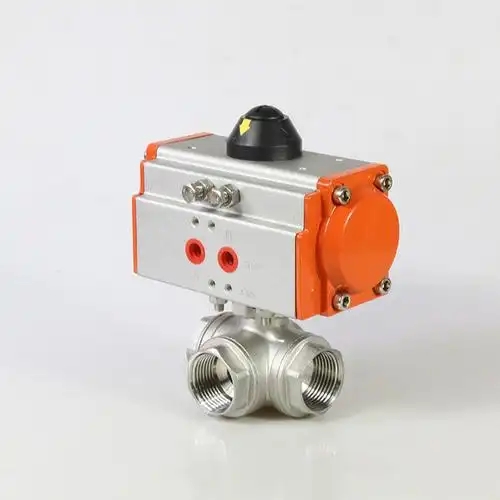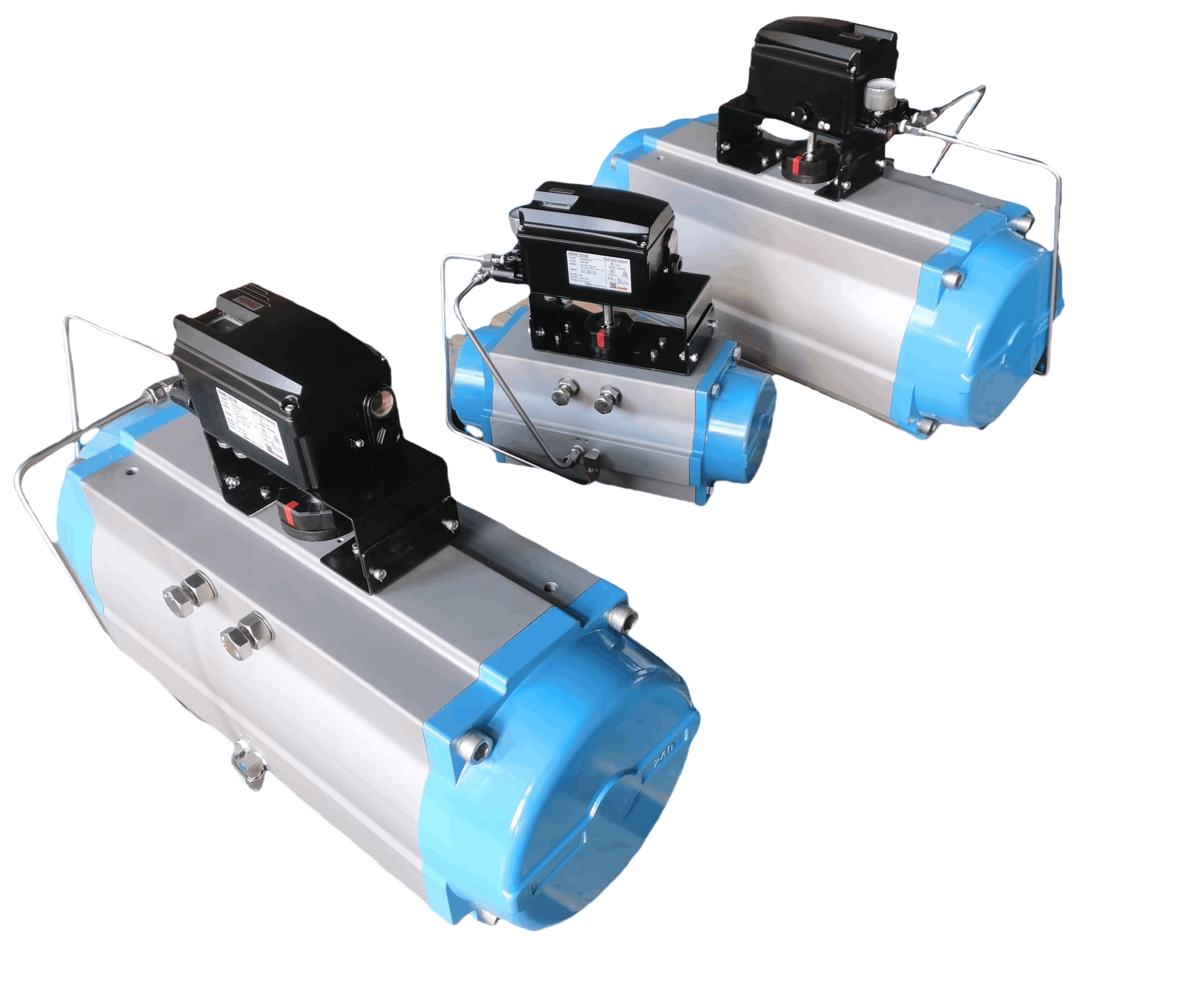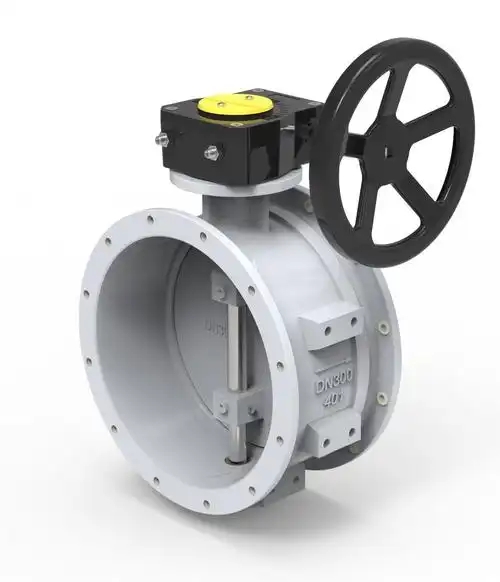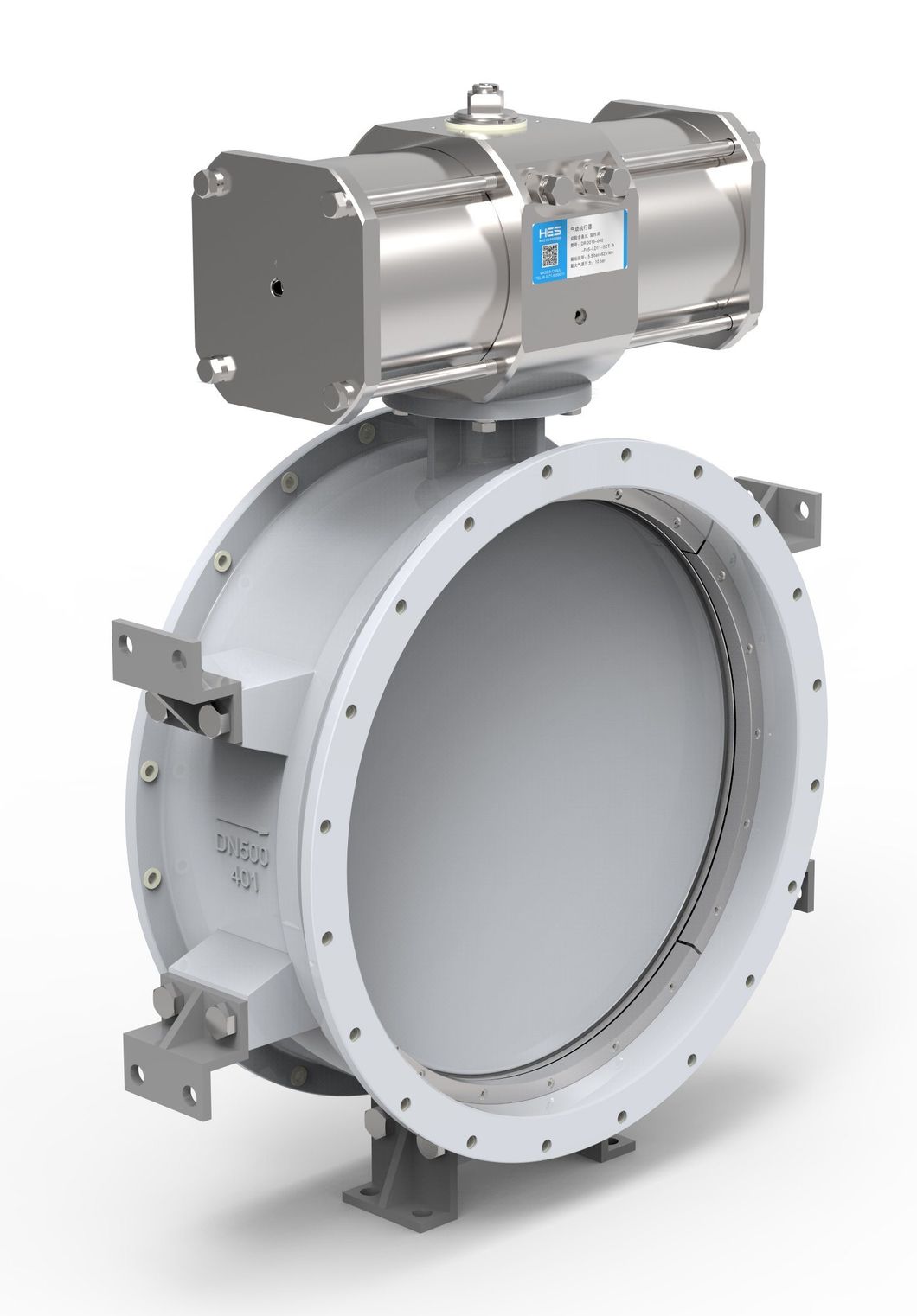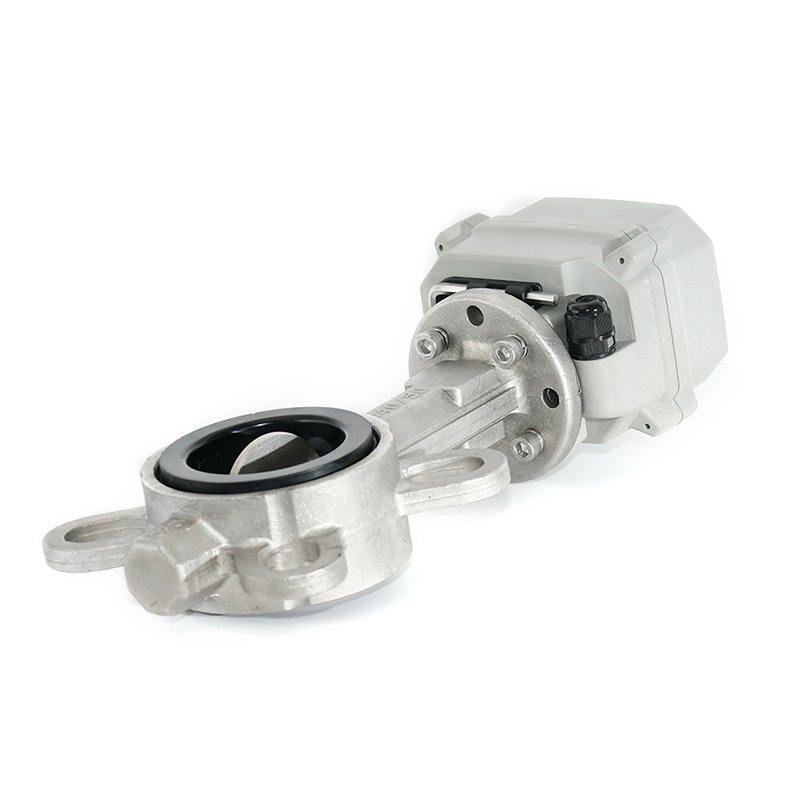Preventing Actuator Freezing in Cold Environments
1. Prevent Moisture Buildup
- Drain compressed air lines regularly to remove moisture, as water condensation is the primary cause of freezing.
- Install air dryers and filters in the supply system to reduce humidity, preventing ice formation inside the actuator's chambers or valves.
2. Insulate Critical Components
- Wrap the actuator and connected pipes with insulation sleeves (e.g., foam, fiberglass) to retain heat.
- Focus on vulnerable areas like valve stems, air connections, and spring chambers, which are prone to cold penetration.
3. Use Heated Solutions
- Install trace heating elements around the actuator or air lines.
- Low-wattage heating tapes or pads, designed for cold environments, maintain temperatures above freezing.
- Ensure they're rated for explosive or industrial settings if applicable.
4. Switch to Anti-Freeze Lubricants
- Replace standard lubricants with low-temperature formulas that resist freezing.
- These special oils or greases remain viscous in cold conditions, preventing internal parts from seizing due to ice buildup.
5. Implement Operational Checks
- Regularly inspect for ice during cold spells.
- Test actuator movement frequently to detect freezing early.
- If ice forms, thaw gently with warm air (avoid open flames) to prevent component damage.
- Adjust operating cycles to keep the actuator active, as continuous use generates slight heat, reducing freezing risks.
If you want to learn more about low-priced products, please visit the following website: www.xm-valveactuator.com







